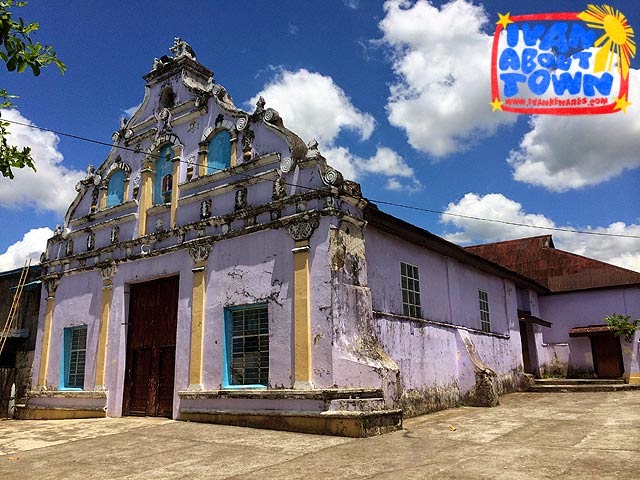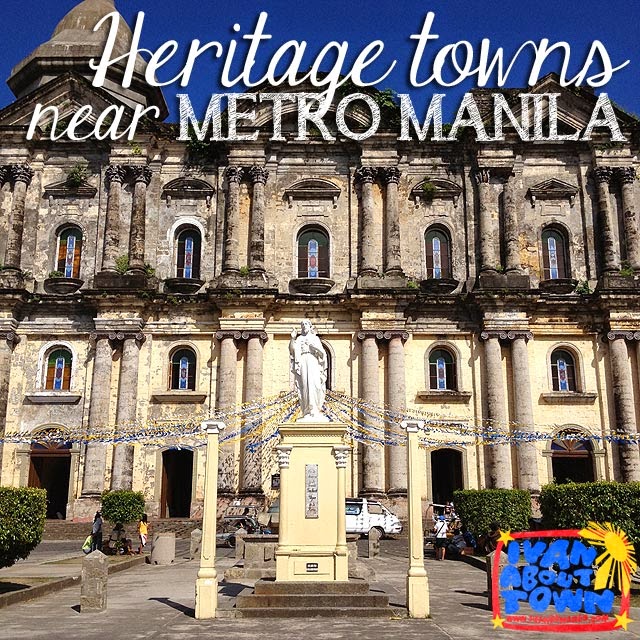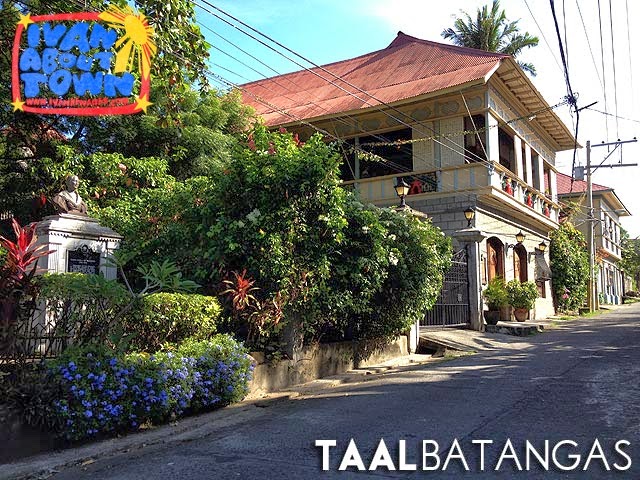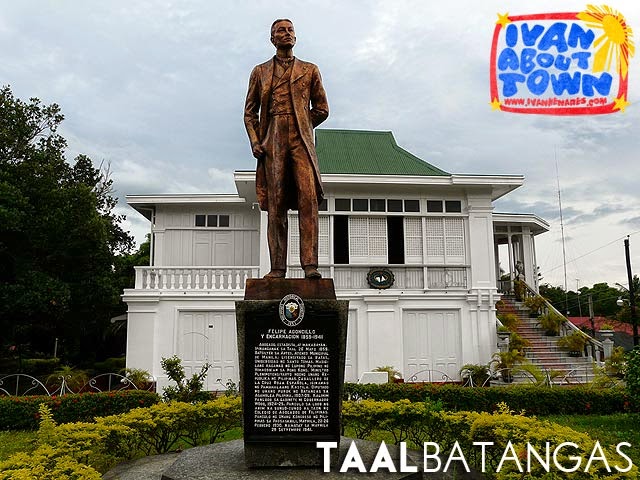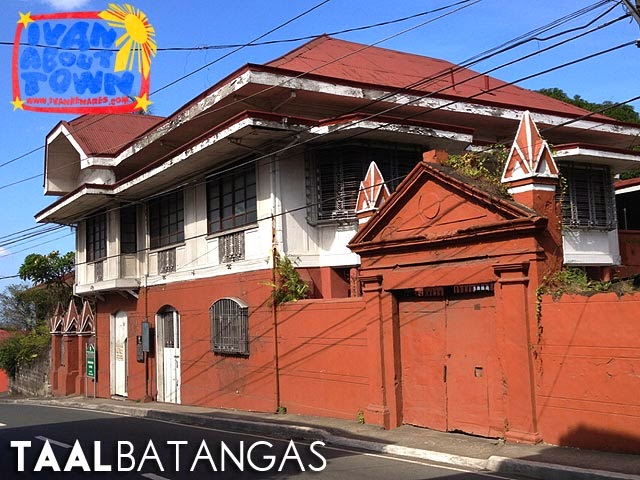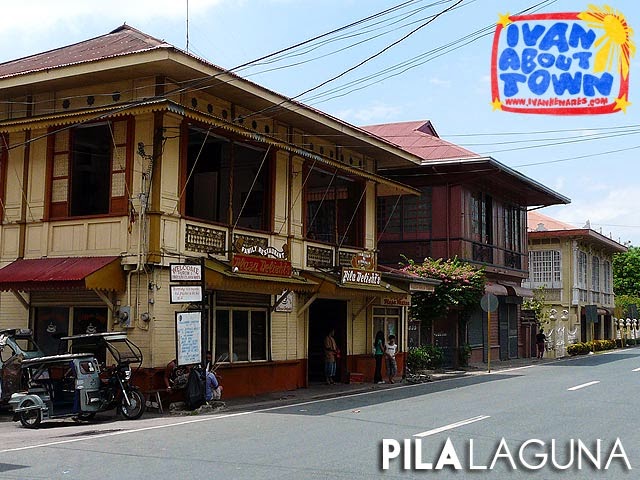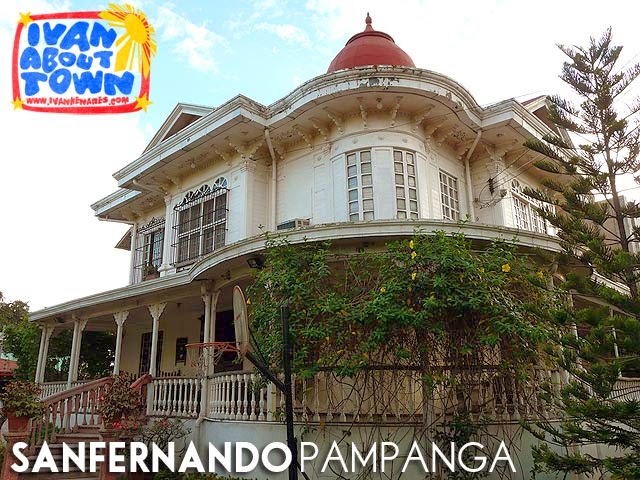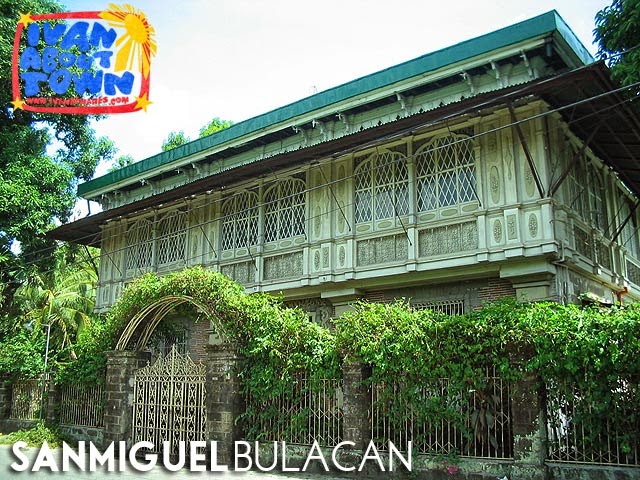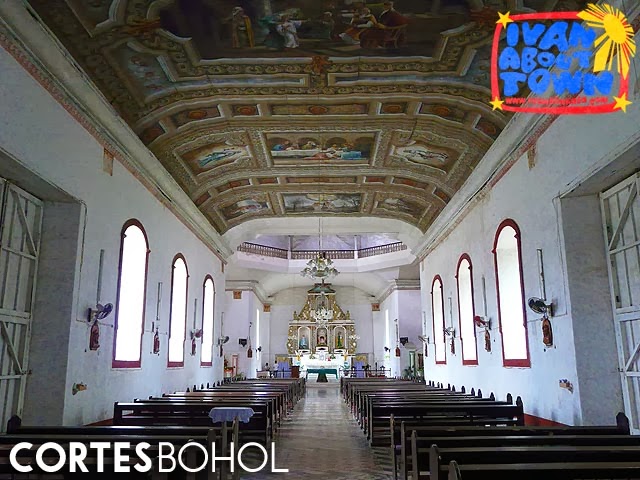It's been quite a while since I updated the
Philippine Registry of Cultural Property (PRECUP). I'm adding declarations made by the National Museum in 2012 and 2013, including Bohol churches declared after they were damaged by the 7.2 magnitude earthquake that hit Bohol on October 13, 2013.
Newly-declared
National Cultural Treasures (Category I) include the
Santo Domingo Church Complex and its Liturgical Objects in Sta. Mesa Heights, Quezon City (10/04/2012); the
Twin Forts of Romblon: Fuerza de San Andres and Fuerza de Santiago in Romblon, Romblon (03/19/2013); the
Parish Church of the Holy Trinity in Loay, Bohol, also a
National Historical Landmark (10/22/2013); the
Parish Church of the Santo Niño in Cortes, Bohol (10/22/2013); and the
Motto Stella or
Rizal Monument in Rizal Park, Manila (12/30/2013).
Both Bohol churches sustained heavy damage during the earthquake and were set for declaration when the earthquake struck. The declarations went ahead to allow the government to fund the restoration of the churches.
Three
National Cultural Treasures were completely destroyed during the earthquake, namely the
Nuestra Señora de la Luz Parish Church Complex in Loon, Bohol, the
Parish Church of the Holy Cross in Maribojoc, Bohol and the
Balilihan Watchtower. The Balilihan Watchtower will be reconstructed. But it may be impossible to restore the two churches. This may lead to delisting in the future after undergoing the proper processes.
Several
Important Cultural Properties (Category II) were also declared namely the
Old Municipal Building of Angeles City, Pampanga (06/12/2012); the
Mauban Public Bath in Mauban, Quezon (07/14/2012); the
Old Provincial Building in Tagbilaran City, Bohol (07/22/2012); the
Spanish Colonial Era Municipal Building, Traida de Aguas and Bridges in Romblon, Romblon (03/19/2013); the
Guyangan Cave System in Banton Island, Romblon (03/19/2013);
Casa de San Fernando in San Fernando, Sibuyan Island, Romblon (03/20/2013); the
Saint Augustine Parish Church in Lubao, Pampanga (10/28/2013); and the
Parish Church of Santa Monica in Alburquerque, Bohol (10/22/2013).
A new category was created namely
Significant Cultural Properties (Category III). The National Historical Commission of the Philippines has turned over the declaration of
Heritage Houses to the National Museum. And these may fall under any of the three categories depending on their significance. The Category III structures include the
Mauban Seawall in Mauban, Quezon (07/02/2013); the
Chanuangco Sunico House in Binondo, Manila (08/05/2013); the
St. John the Baptist Church in Garcia Hernandez, Bohol (09/27/2013); the
First United Building or
Perez-Samanillo Building in Escolta, Manila (10/23/2013); and the
Holy Infant Parish Church, Complex and Convent in Valencia, Bohol (11/04/2013).

For the first quarter of this year, several declarations are going to be made including the
Capul Church in Northern Samar;
Gota de Leche in Sampaloc, Manila; the
Lopez House in Balayan, Batangas;
Colonial Period Lighthouses (a blanket declaration for all Spanish and American colonial period lighthouses) and the
Mural Paintings of the Paete Church in Laguna. We will report the official designations as soon as the declarations are made.
We also encourage everyone to write the National Museum to request for declarations in your own communities. Bohol has been very active in writing the National Museum for declarations, which explains why it has had many declarations in the past few years.




